Printed greaseproof paper and Printed wax paper are both grease-resistant but serve different purposes. Greaseproof paper is a general term for paper that has been mechanically refined to naturally repel grease. It provides a moderate heat resistance of up to 220°C (428°F).
The wax-coated paper provides a non-stick surface which not heat-tolerant. The maximum heat resistance of 50°C (122°F), making it unsuitable for baking or high-temperature use. It is perfect for applications involving food wrapping and takeout packaging
The performance of both types of sheets, particularly heat resistance and grease protection, can be affected by customization and the type of inks used. Food-safe coatings and soy-based inks should be used.
Grease-resistant papers are essential for packaging, cooking, and presentation in the food industry. The right type of paper keeps the food looking nice and fresh whether it is used to line a bakery tray, wrap a freshly prepared burger, or prevent pastries from sticking.
However, not all grease-resistant sheets work in the same way and they differ in terms of performance, production processes, and material composition.
Greaseproof paper and wax paper are two of the most commonly used terminologies and popular choices in the food industry. Although they both offer a barrier against moisture and oils, they do so in quite different ways.
Let’s explore the distinct characteristics of both of these types of papers and discover what suits your business.
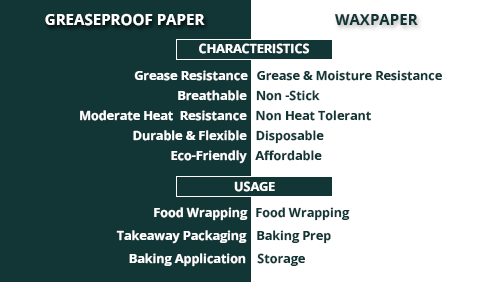
There is a general misconception about greaseproof paper is that it is just another name for parchment paper. In reality, greaseproof paper is an umbrella term for a range of papers designed to resist grease, but it does not have a non-stick property.
Greaseproof paper does not rely on wax coatings and achieves its resistance through mechanical refining.
These types of papers are commonly made from wood pulp or fibers derived from other plant-based sources.
The paper fibers are processed to become highly compacted which creates a dense structure to naturally repel oil seepage.
It is not just one paper, but a range of options with different levels of resistance for different food applications.
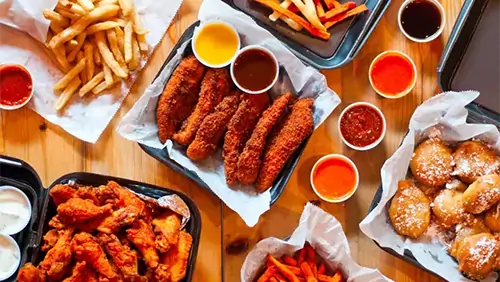
Wax paper is another popular option for grease resistance. It is coated with a layer of wax that is usually paraffin or soybean-based to block grease and moisture.
This gives wax paper its smooth, glossy finish and makes it perfect for wrapping food or keeping things from sticking.
The wax coating creates a barrier against grease and moisture, but it should be noted that wax paper is not heat-resistant. The wax melts at high temperatures which means that wax paper is no longer greaseproof. It is not suitable for baking or using in the oven.
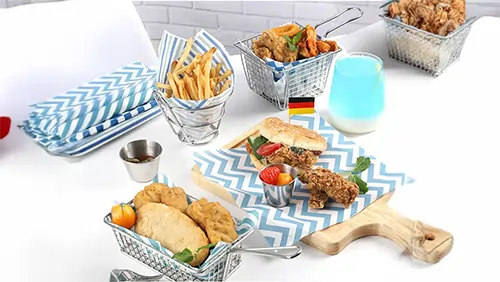
Customization through printing can affect both greaseproof and wax paper’s quality and heat resistance.
Food-safe and water-based should be used for greaseproof papers as they don't impact grease resistance or heat tolerance. Heavy coatings or non-food-safe inks can alter their performance.
For wax paper, soy-based inks are commonly used. It must be considered that thick layers of ink or coatings can weaken the grease resistance of wax and reduce heat tolerance.
Choosing the right paper depends on your specific needs. Greaseproof paper, being a broad category, has a wide range of applications in the food industry from wrapping greasy items like burgers to lining trays for baking.
Wax paper has a wax coating and it is best for cold food applications like wrapping sandwiches, and cheeses or keeping bakery items from sticking. You should never use it in the oven or with hot foods.
While it provides some barrier against moisture and air, it does not offer complete protection against freezer burn. Freezer paper should be used to store food in the freezer for best results.
You may like to read: Custom Freezer Paper: Preserve Quality & Boost Branding
In summary, for high-heat or versatile uses, greaseproof paper is your go-to. For cold storage and non-stick applications, wax paper is a better fit. Understanding these differences helps you to use the right type of paper for your business.
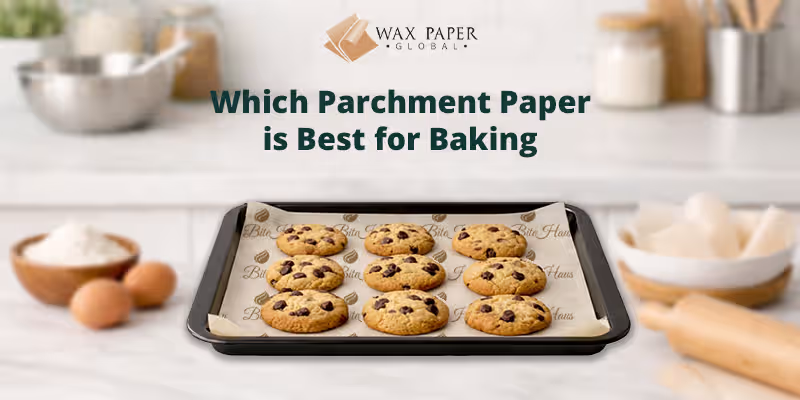
Which Parchment Paper is Bes...
The guide, explaining which parchment paper is best for baking, how to choose, heat-limitation, and performance variatio...

Ultimate Guide to Parchment...
A complete guide on the manufacturing of parchment paper, its speciality, best uses, and how it compares to other regula...

Difference Between Greasepro...
Discover what makes greaseproof different from wax paper. Learn the uses, heat tolerance, and which one works best for b...
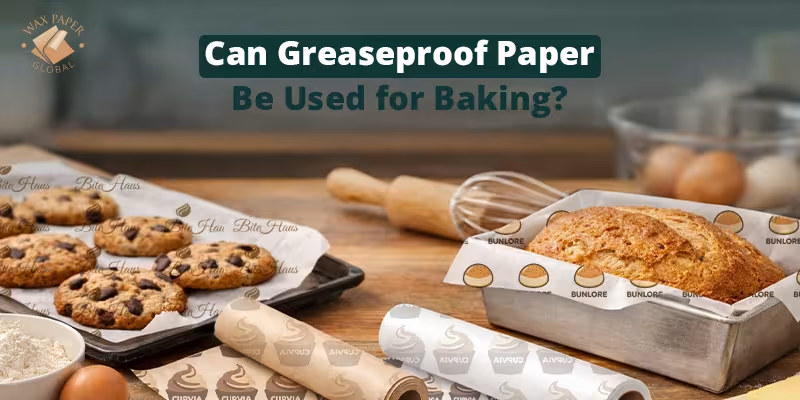
Can Greaseproof Paper Be Use...
Wondering if greaseproof paper works for baking? Discover its suitability, heat-safety, temperature limits, and ideal ty...